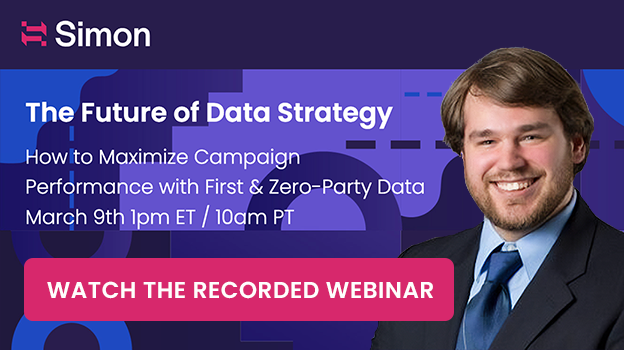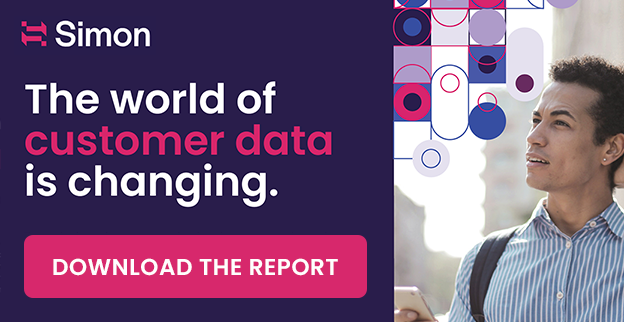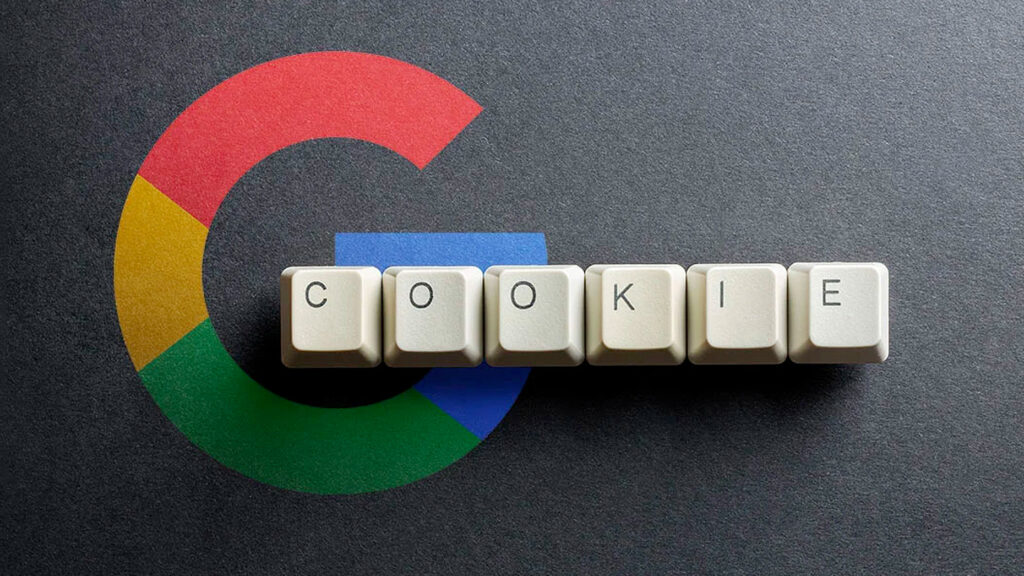The Future of Digital Experience Optimization is in Partnership

Throughout the digital revolution, the universal business priority has been identification, classification, and personalization. The ability to target your user directly in ways which are meaningful to them is typically a universal positive. The company increases the customer lifetime value (CLTV) and the user receives an experience more directly appropriate to them. For example, a runner would have different needs from a football player in athletic apparel, and being able to surface products and content which is applicable is a powerful mutual exchange of value. Personalization is a partnership between the user and the company, and when done correctly is mutually beneficial. Customer data platforms (CDPs) help facilitate this through unification, classification, and activation of the user data, but the future goes beyond this, to a true partnership where the user is an integral part of and equal participant in the experience.
The Problem of Personalization
In any personalization project, there are two primary workstreams which need to be solved for.
First, the user must be identified with meaningful and marketable segments. This can be difficult even with a CDP but can be nearly impossible without. The segments must be true levers which display unique behavior across the various classifications. The classifications must be coded efficiently, and accurately, so that they are correctly applied.
Finally, they must be consistent across all touch points in both definition and application. To solve for this, the correct technology must be in place, governance must be established, and organizational alignment needs to be very tight. And these are just a few of the technical considerations. From a perception perspective, one must consider the “uncanny valley”. Numerous companies (who I will not call out here but can easily be found on Google) have felt the sting of public opinion when personalization was too exact, causing the consumer to feel violated. Managing this public opinion is becoming increasingly important, and there are promising trends in this space which help streamline the technical, while addressing the concerns of the consumer in meaningful ways.
Zero-Party Data: Expedient and Empowering

Zero-party data is the practice of a user self identifying. This seems simple, and almost lazy, but it can be one of the most potent tools available to your organization to prepare for numerous seismic changes in analytics. Providing a system (it could be a preference center, a user data management portal, or a simple modal) for the user to self select the segments through which they want to be engaged can solve for many issues. Cookies will soon be going away for a large majority of customers who simply choose to not opt in to being tracked. Zero-party Data helps solve for this in two ways; by providing a means for the segments to be applied without the need for tracking, and by allowing the user to have increased agency in the process increasing comfort with regards to being tracked. The user can define how they want to be engaged with, as well as how they do not, meaning the primary role of the organization would simply be how to have their digital properties dynamically target those segments.
The Future is a Partnership – Not Data Extraction
The focus has been on extracting the most data and value possible for too long, and it has swayed public opinion. GDPR, CCPA, and Web3 are the natural responses to this. They are means of shifting the power back to the user, who is the source of the data. But they are more than just the source of the data, in many cases the data IS them. Their identity. Their experiences. Private details about them that in many cases their family members might not even know. We must respect this, and partner with them on how we engage.
The future of digital experience optimization is in this partnership, and leaning into zero-party data is a powerful first step.



